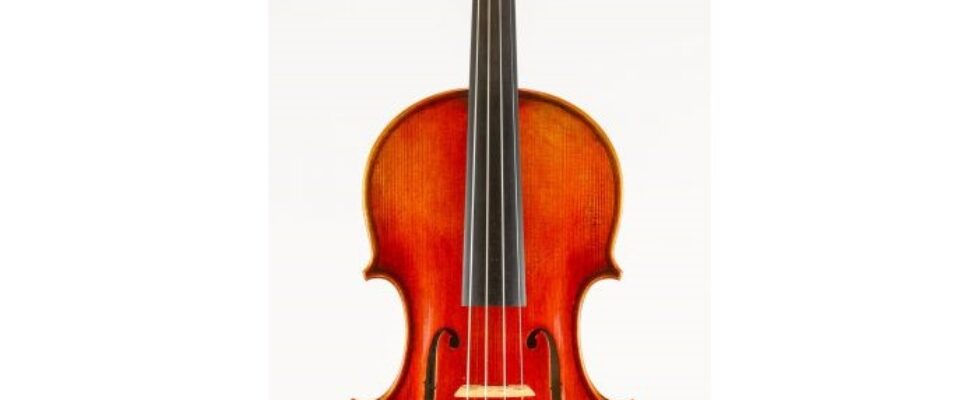What Should I Look for When Buying a Violin?
A perfect violin can be ruined by a poor setup. A cheap violin can be set up to play just as well as a professional violin, but depending on the changes, it can cost a lot of money. At this point, a musician must consider the following questions: what is the value of your instrument, and how much will the modifications cost?
For eg: you need to know the quality of the violin. Some say Eastman Violins are good, some will go with Stentor, but, how will you recognize the difference between an Eastman Violin and a Stentor Violin? Other than this, if you’re a beginner, you need to make sure whether an Eastman Violin will be good for you or is it more than what you need.
Violins can be both, cheap and costly. After that comes the modifications, you need to know to what limit can you modify an Eastman Violin if you buy one? And are those modifications to your Eastman Violin worth the price?
The worth of musical instruments is determined by a number of factors:
1) Mood (sound quality)
2) Exercising (ability to respond to the demands of a musician, such as tonal range, expression, and dynamics)
3) The way you look (combination of workmanship, wood, and varnish)
4) Will it be a high-maintenance instrument in terms of health? Is it had a lot of work done on it in the past? Is its current state indicating that it will need extensive maintenance in the future?)
5) Worth to a collector.
We’ll try to answer some basic questions on what should you look for when buying a Violin:
Take a look at the standard.
First and foremost, you must examine the craftsmanship of the instrument you want to purchase. To ensure high-quality audio, check the components, including the fabrication.
Often, listening to the strings to see if they sound fine is a good idea. Strong woods such as pine, spruce, and other solid woods have symmetry.
Purfling
Purfling corners are especially important to violin makers. The purfling is a three-ply black, white, and black piece of wood that extends to a depth of around 2 millimeters across the entire edge of the top and bottom plates.
Since the cut of the purfling affects the joining of the two sections, it’s important for the two parts to be symmetrical in order to create a proper corner, a microscope is often used to align these pieces.
Make a price comparison.
Of course, you want to get a good violin for a good price. To compare violin prices, you should go to instrument shops or use the internet. It can be boring, but it will assist you in obtaining a high-quality instrument at a reasonable price.
The Right Size
The scale (or size) of a small violin should be determined from the student’s neck to the palm of their stretched left hand.
Adults can use a 4/4 size of 60 cm/23 1/2 inches.”
Scale 7/8: 58 cm/22 3/4″
56 cm/22 inch 3/4 scale”
50 cm x 20 cm x 50 cm x 20 cm x 50 cm”
1/4 size: 47 cm (18 1/2 inches)”
Scale 1/8: 42 cm/16 1/2″
Scale 1/10: 39 cm/15 1/2″
Scale 1/16: 35.5 cm/14″
Buy from a dealer.
For serious musicians of all ages, this is normally the best choice. Any time a dealer offers an instrument for sale, they have a name to maintain. A trial period is normally available, and the dealer will do everything possible to ensure that you are comfortable.
As a trusted client, the dealer would be able to spend time with you, provide education or advice, and suggest any required fixes.
In conclusion, some other things to consider are: check that the pegs move smoothly, the body is not stained (or that any marks have been professionally treated), the chinrest fixtures are not loose, and the strings are not exceedingly old when purchasing an instrument.
Inquire with the dealer regarding something that seems to be incorrect or out of place, and request that the issue be resolved.
